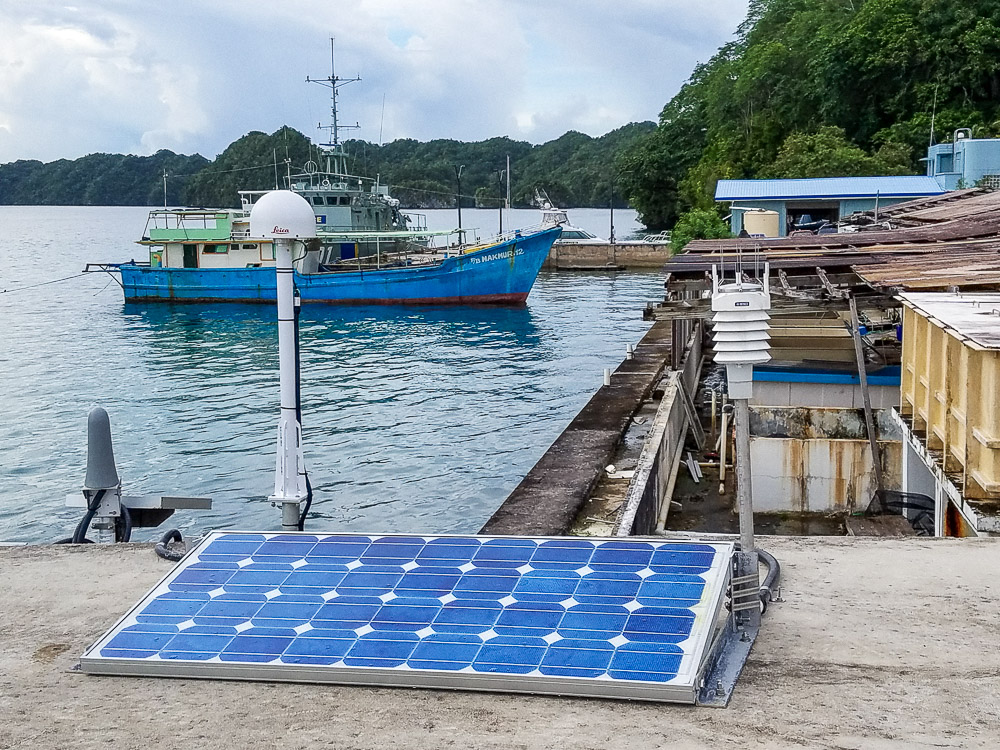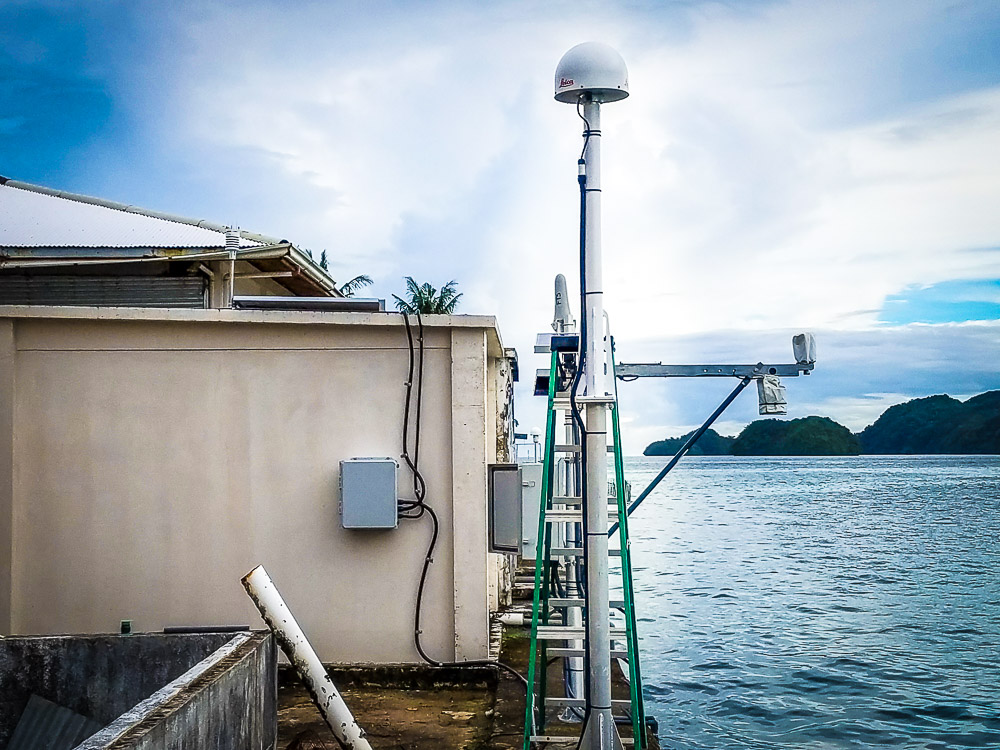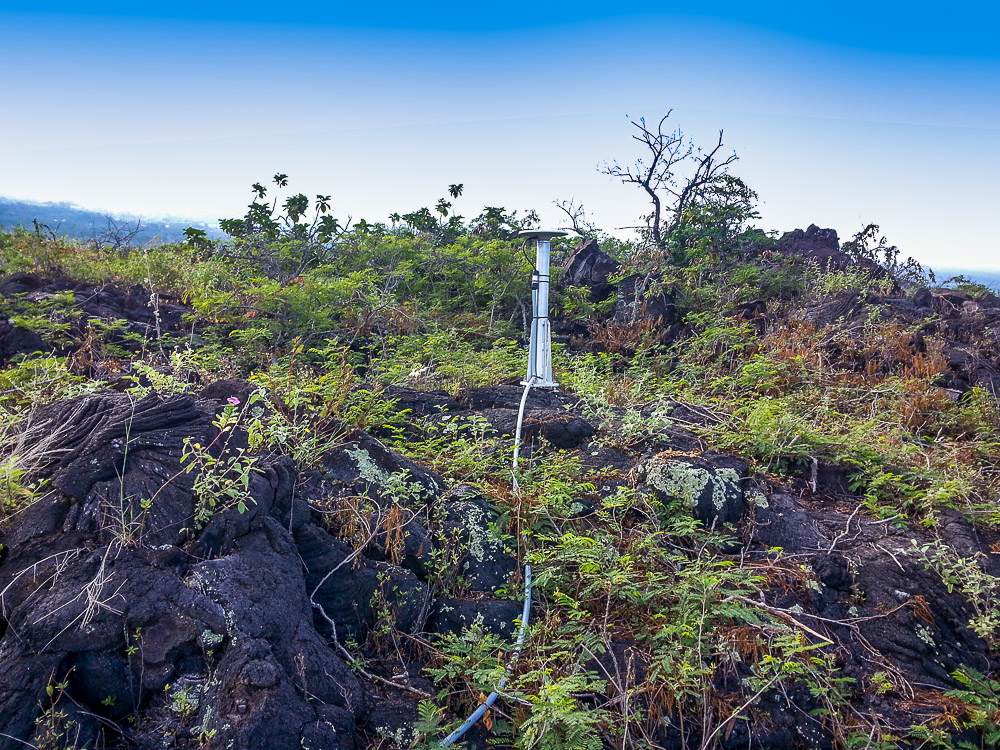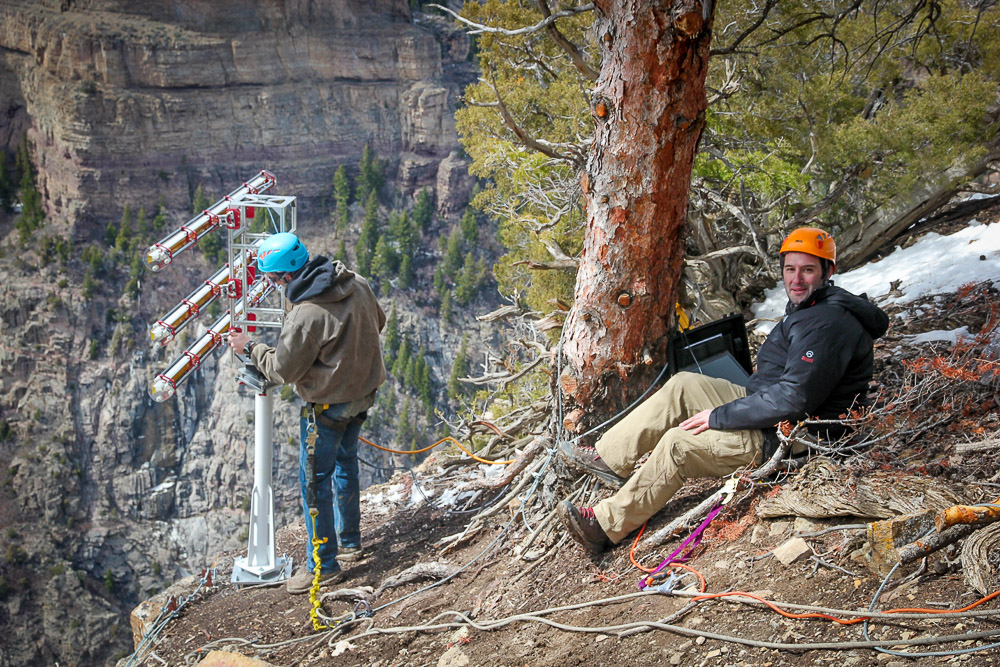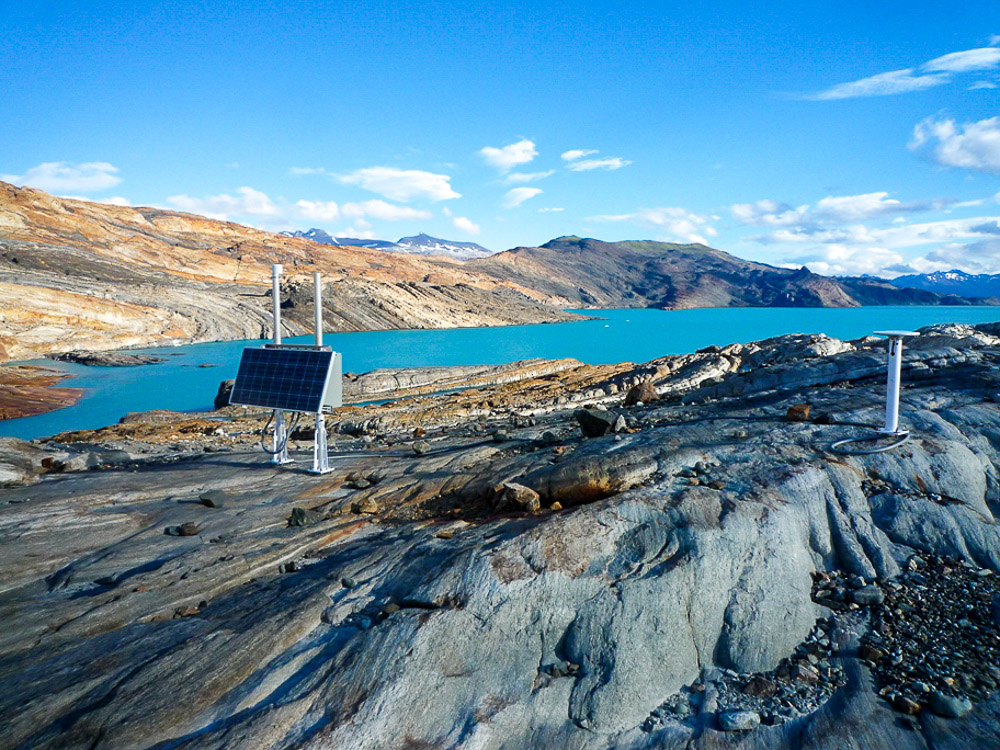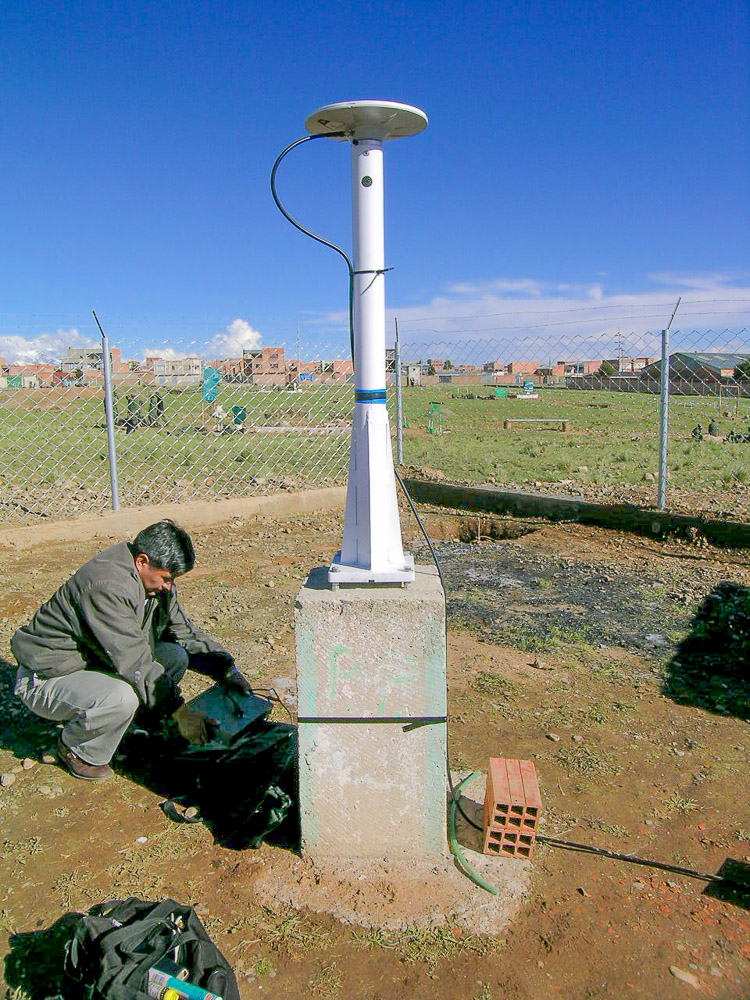GPS Mast
The GNSS (originally GPS) mast program was started in the mid 1990’s. Working with scientists and engineers from the University of Hawaii’s Pacific GPS Facility (UH), University of Texas Institute of geophysics (UTIG), and the later addition of University of Memphis’s Center for Earthquake Research (CERI), a technical support program was started that focused around campaign measurements.
We critically reviewed many survey designs in use and developed the fundamental design in use today. Dr. Michael Bevis (UH) and Dr. Fred Taylor (UTIG) were the early adopters and the innovators that designed, tested, and ultimately perfected the mast design that we offer today.
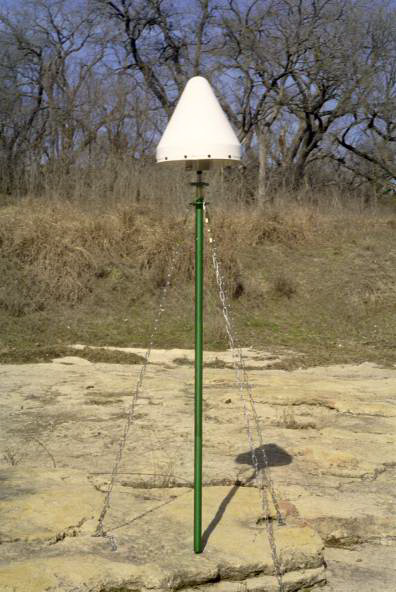
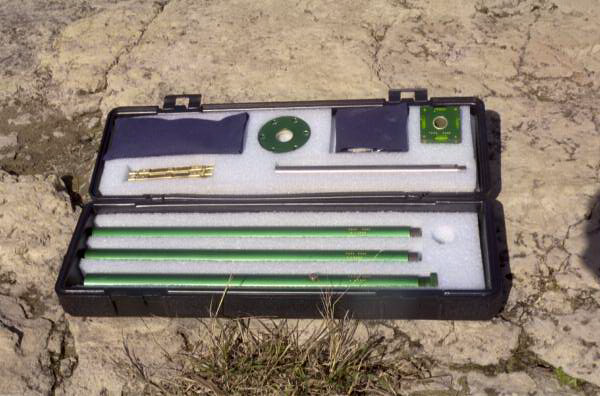
It has been our obsession to build the best, fixed height campaign mast available. Bevis, currently at the Ohio State University’s division of Geodetic Science (OSU), he used a very large number of the T-2K GPS masts in the US scientific response located in the Maule region of Chile. This response was related to the February 2010 earthquake that moved the region and the Chilean city of Conception 10 feet to the west. This mast is now the standard in research and survey firms worldwide.
The “WAGN GPS mast” was developed to support the “West Antarctic GPS Network (WAGN), which was a collaborative research project between UH, UM, and UTIG. The result was a semi-permanent campaign mast that was developed by Dana Caccamise (UH) and Robert Smalley Jr. (CERI) for the use in rapid deployment and reoccupations in Antarctica.

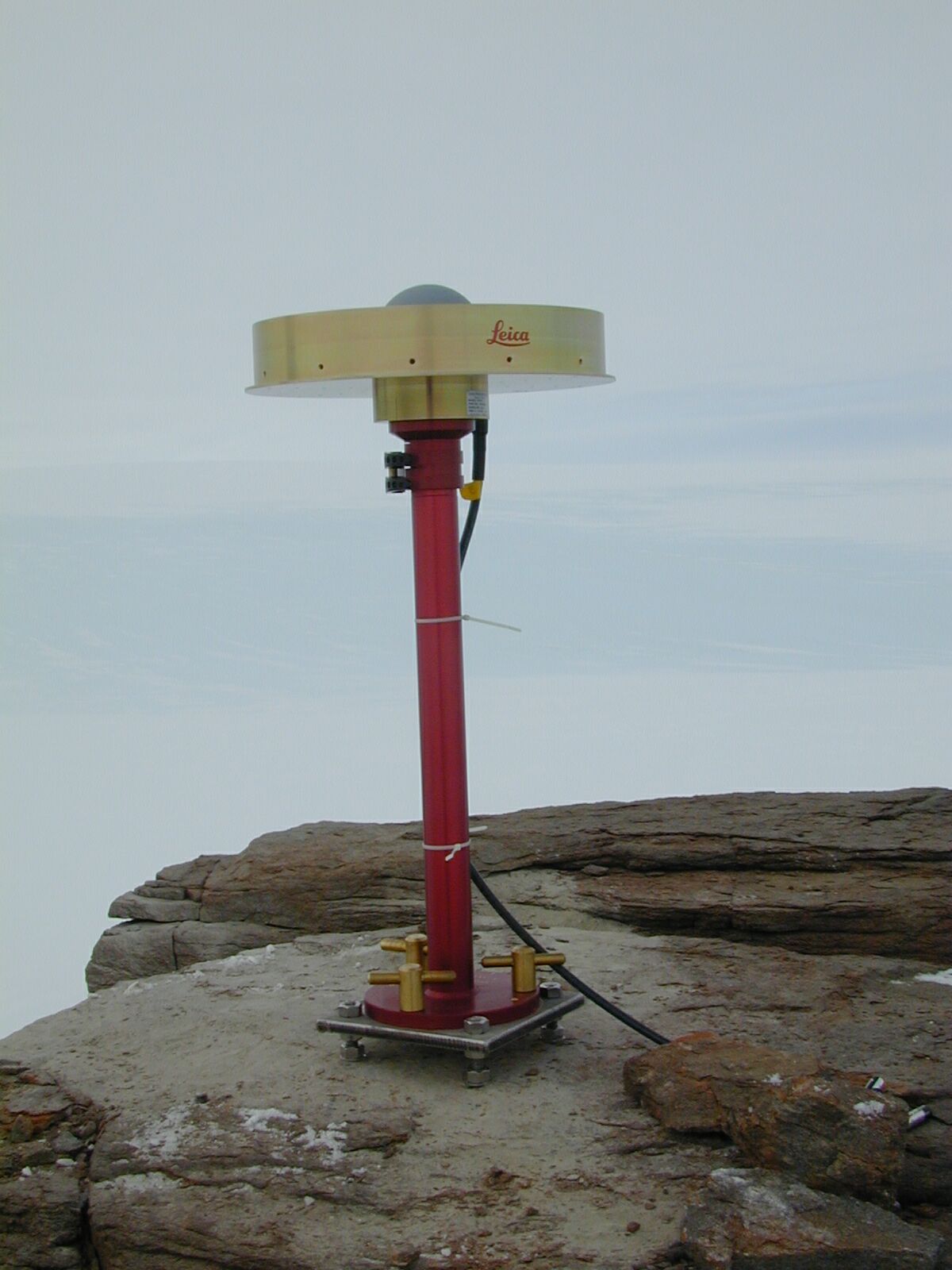


The design work for WAGN project has led to several new GNSS campaign approaches and innovative mast designs.
Dana Caccamise and Dr. Bevis pioneered the concept of a rapidly deployable permanent GNSS mast and site installations. These masts were to be used at locations where CGPS could be collocated with other types of equipment. One example included tide gauges, which typically were installed on active shipping piers, distributed globally in harsh and corrosive environments and in coastal and tropical regions.
This design has been adapted by many groups globally to be used to monitor everything from volcanoes to civil structures such as dams and bridges. Dana Caccamise (formerly of OSU) has been instrumental in the development of the “permanent mast”. (Tech-2000 DC Series Polar GPS Mast)
Current - Dana J. Caccamise II, Ph.D.
Pacific Southwest Regional Advisor (CA, NV)
NOAA's National Geodetic Survey (NGS)
Scripps Institution of Oceanography, UCSD
MC 0225 | Department IGPP | Revelle - 3206
As far back as the late 90’s Caccamise and Bevis along with other groups such as the UNAVCO community have used our products and services for their research needs. The needs of our customers have distributed the fruits of our labor to far away remote places such as their current projects in Antarctica and Greenland “Polenet”.
The Geological Survey of Canada (NRCan) has used the mast since 2001 as part of their Hazards Geosciences Program, to determine and monitor seismic hazard in earthquake prone areas of Canada.
Campaign GPS/GNSS surveys are routinely carried out in more remote regions such as the Yukon as well as within targeted areas on Vancouver Island (Cascadia Subduction Zone), in Haida Gwaii and in the St. Lawrence / Ottawa River Valley region of eastern Canada. The site occupations for these surveys are typically 2 to 7 days in length. Longer deployments utilizing the T-2K mast, spanning months or years (in one case 8 years), have permitted temporary densification of permanent networks to study specific events such as Episodic Tremor and Slip (ETS) as well as for earthquake response studies, for example the 2002 Denali earthquake.
More recently the mast has proved effective in establishing temporary sites to calibrate the effects of instrument (primarily antenna) changes at Canadian GPS/GNSS reference stations across the country. It has taken many years to perfect the mast to the state we are at today.
We look forward to new prototypes and new innovations for completing research for the scientific communities around the world and look forward to working with many new scientists.
